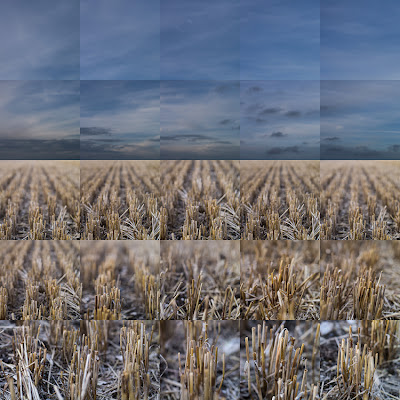 |
| En Vacances, en Bretagne, 2012 |
Farmers and those in the tourist trade will see it differently, but August is a quiet time of the year as many of us take our summer vacations. For me, the run up to the annual break is always quite manic; covering for people missing from work, making arrangements for the family and a host of things that need to be sorted before the holiday. This year was no exception added to which we had the unique opportunity of visiting and following the Olympics first hand, and I have had very little time for Joined Up Pictures and photography in general. So I’m rather disappointed that I’ve not been able, or had anything worthwhile, to post over the last three weeks. I’m hoping that I will be able to get back to posting a couple of times each week now that September is almost here.
For our break this year we visited Brittany in north west France, and had a very nice holiday, thank you. I’m afraid that I have little to share photographically; other than these few observations –
- Never take anything bigger than a compact camera when doing any activity like walking or cycling. Carrying a camera bag and lenses is a pain, apart from when specifically taking pictures.
- I see the world with shallow depth of field, especially when I am really looking.
- I much prefer to photograph the world with shallow depth of field.
- I just love that articulated LCD on the back of the G3. It's rare that I want to take a picture at eye level.
- Why can’t we have bigger monitors on our camera – as standard or as a plug in extra? Most smartphones are much better in this respect than any cameras.
- I really can’t focus that well any more on the LCD of my camera when wearing contact lenses – I must get my eyes checked.
- Why can’t we have standardised batteries and chargers? We brought four cameras with us, with four different, incompatible chargers.
- The greater the tourist attraction, the less I want to photograph it.
- Everyone is a photographer these days.
- There are a lot of people out there using very big, very expensive cameras. Bigger than I want, more expensive than I can afford, and that's OK.



